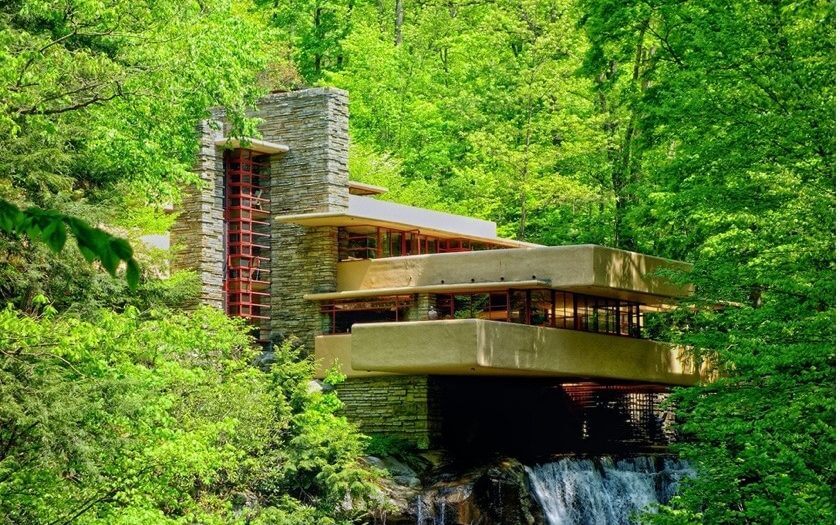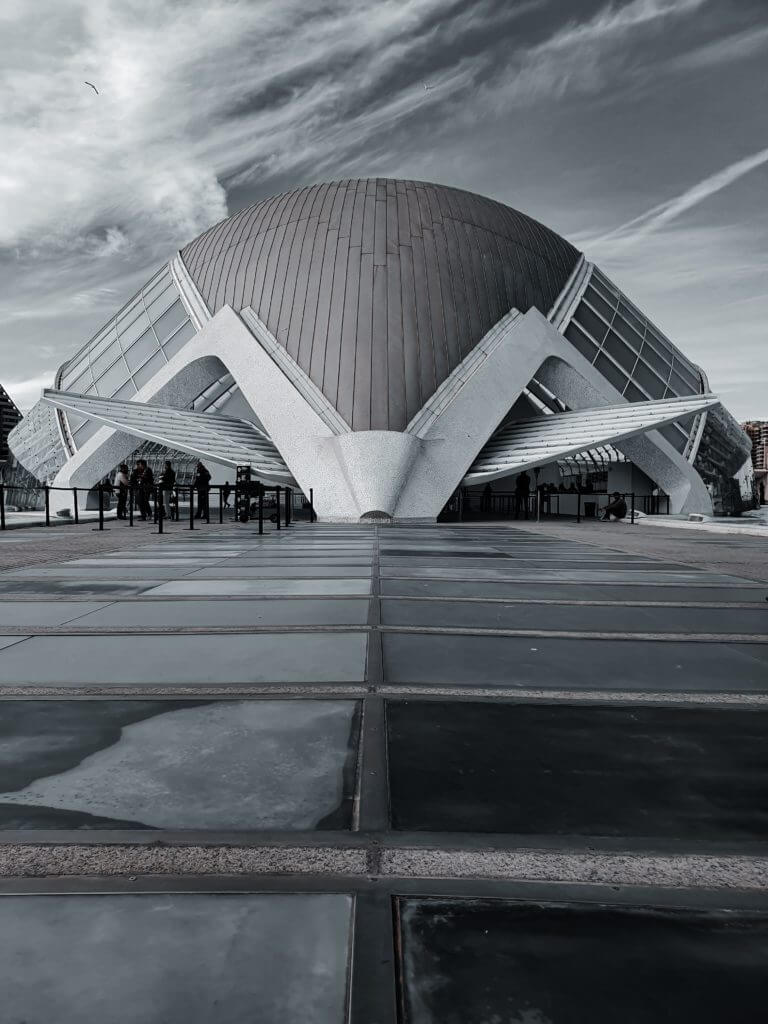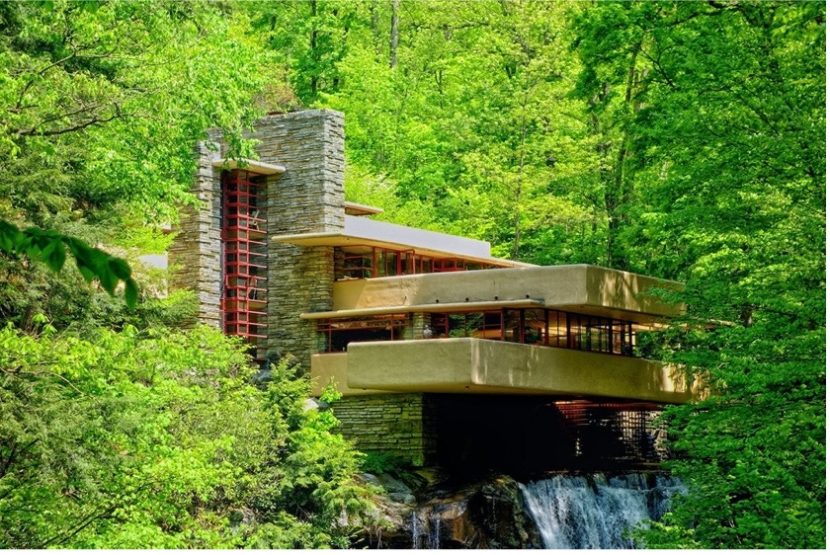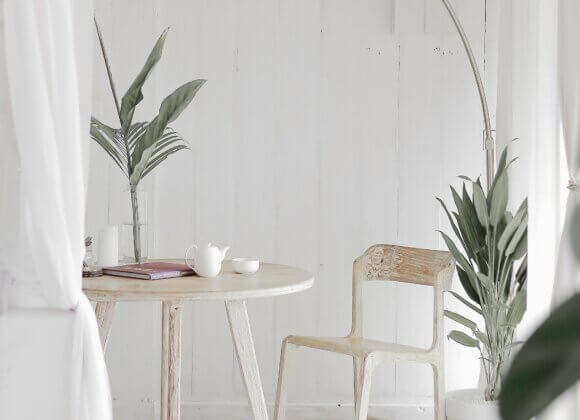Organic architecture
Forms taken from nature, rounded corners, sustainable materials – nowhere is the focus more on people than in this architectural trend. Organic architecture is a style that helps shape modernism and opposes historicism.
Historical
Organic architecture belongs to the phase of classical modernism, which lasted from about 1920-1968. The architectural movement developed after the First World War alongside other avant-garde movements. Since 1926, the theory of “organic building” is part of modernism, which advocates the design principles of reason, logic and the functionality of buildings. Planned from the inside, starting from the actual living space, to the outside. Anyone who is familiar with the term “Bauhaus” will have some idea of what is meant by it. Concisely described Organic Architecture strives
- a harmonious balance between construction and nature
- the use of natural building elements
- the organic arrangement of components and
- the functionality of the structures.
Origin
The concept of “organic building” was already popular in the twenties of the 20th century through HugoHäring. The architectural form should not only be developed from its purpose, but should fulfill its function like an organ of the inhabitants.
Architects
One of the main representatives of organic architecture is considered to be the American architect Frank Lloyd Wright.He says:
“No house should ever be on a hill or on anything. It should be of the hill. Belonging to it.”
Antoni Gaudí andLuis Sullivan, creators of the “form follows function” thesis, are also among the earliest representatives of the architectural movement.
“An upright tree; it bears its branches and these the branches and these the leaves. And every single part grows harmoniously, great, since the artist God created it.” – A. Gaudí
Other important representatives are Eero Saarinen, Hans Scharoun, Chen Kuen Lee, Alvar Aalto and the developer of lightweight structures Frei Otto.
The epitome of organic architecture: House Fallingwater
Mill Run, Frank Lloyd Wright (1935-39)

Fallingwater design symbolizes the harmony between man and nature. Thoughtfully designed, it blends seamlessly with its natural surroundings. The structure, its furnishings and surroundings merge into cohesive elements of a unified, interlocking arrangement. Wright described it by saying: “Where the whole is to the part as the part is to the whole, and where the nature of the materials, the nature of the purpose, the nature of the whole performance are all equally important to the resulting building.” The natural beauty of the forest that surrounds Fallingwater is closely linked to the concept of the house. The landscape is physically captured and simultaneously expanded with architectural innovation.
Following the natural pattern of the rocky outcrops, the building, which rises more than nine meters above the waterfalls, was constructed there in a stacked formation of concrete blocks. The powerful horizontal lines and low ceilings create a protective effect. The outdoor terraces have almost the same footprint as the indoor spaces, as if to seemingly bring in the natural environment and lure the residents outside.
Hemisfèric

Valencia, Santiago Calatrava (1991-98)
The structure opened to the public on April 16, 1998, and consists of an elliptical roof over 100 meters long within a large sphere containing the projection room.The interior includes the “Carl Sagan Ring,” named in honor of the great American communicator. It is an elliptical area surrounding the dome of the projection hall and covered by the large roof of the building.
Hemisfèric is surrounded by an ornamental lake of 24,000 square meters and forms a composition of exceptional beauty.
Landlust: Luxury real estate in the countryside
Urban: Luxury properties Vienna Urban
Villa location: Luxury properties Villa location
For ski fans: Luxurious living for ski fans
On the waterfront: luxurious living on the waterfront
Hotel service: Luxurious living with hotel service
Exquisite view: Luxurious living with an exquisite view
For golf fans: Luxurious living for golf fans
Classic elegance: Luxurious living in classic elegance













